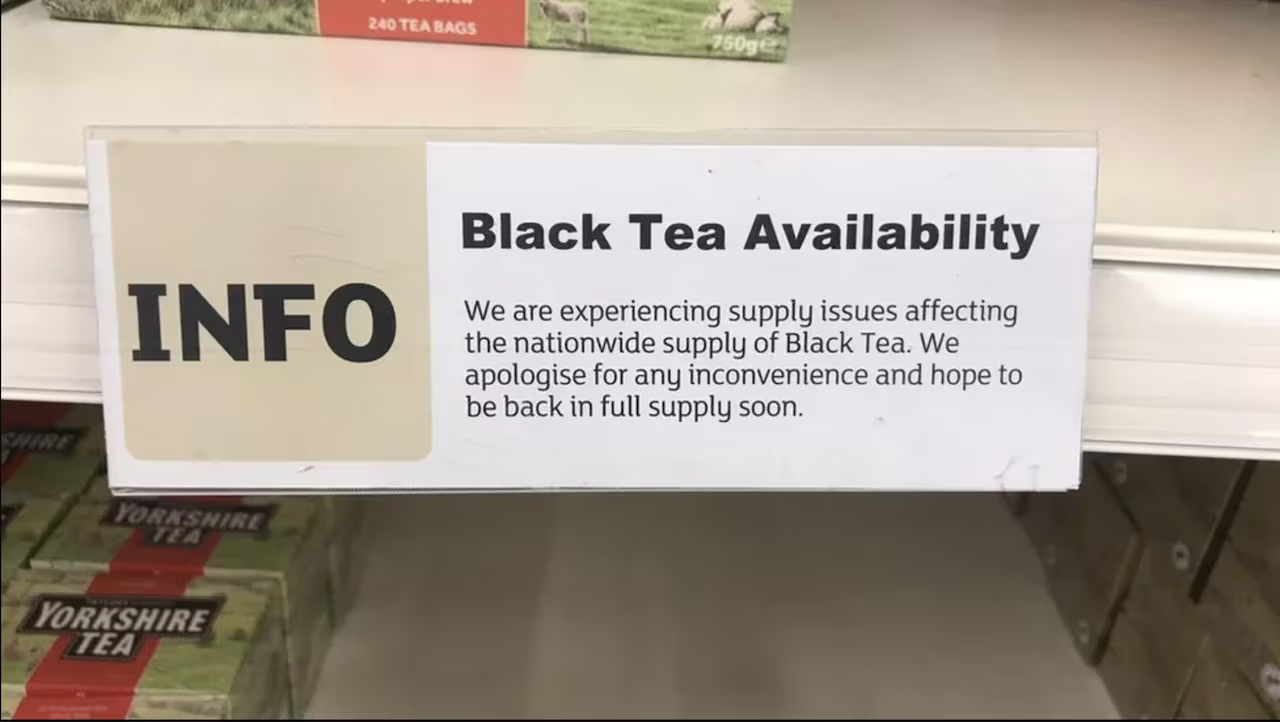Tea, the world’s second-most consumed beverage after water, faces a series of challenges that threaten its availability and affordability. From climate change and geopolitical tensions to economic disruptions, the factors contributing to global tea shortages are complex and intertwined. This article delves into the reasons behind these shortages, explores their implications, and discusses potential solutions to ensure the sustainability of tea production.
The Roots of Tea Shortages
Tea production is highly sensitive to climatic conditions, and most tea-growing regions are located in areas vulnerable to climate change. The impact of changing weather patterns on tea plantations cannot be overstated.
Climate Change and Environmental Impact
Increased temperatures and erratic rainfall have already begun to affect the yield and quality of tea. For instance, in major tea-producing countries like India and China, prolonged droughts followed by excessive rainfall have led to less predictable harvests and increased pestilence. Additionally, soil erosion and degradation in tea-growing areas compromise the long-term viability of tea plantations.
Economic and Political Factors
Beyond environmental concerns, economic and political factors play significant roles in tea production and distribution. Trade policies, labor disputes, and internal conflicts can disrupt the supply chain, leading to significant fluctuations in tea availability. For example, trade embargoes or tariffs can restrict the flow of tea from producing countries to the global market, exacerbating the issue of shortages.
The Global Impact of Tea Shortages
Tea shortages have a ripple effect across the globe, affecting everything from local economies in tea-producing regions to international markets and consumer prices.
Economic Impact on Producing Countries
In countries where tea is a major export, like Kenya and Sri Lanka, shortages can lead to economic instability. Many of these countries rely on the tea industry to support local economies, provide employment, and generate tax revenue. A decline in production directly affects the livelihood of millions of workers.

Effects on Consumer Markets
On the consumer side, tea shortages often lead to increased prices and limited availability of favorite blends. This not only impacts consumer choice but also pushes retailers and brands to seek alternative sources or substitute products, potentially destabilizing the market further.
Strategies to Mitigate Tea Shortages
Addressing the challenges of tea shortages requires a multifaceted approach, involving stakeholders from local communities to international bodies. Here are several strategies that could help stabilize tea production and supply.
Sustainable Farming Practices
Implementing sustainable agriculture practices is crucial. This includes better water management, soil conservation, and the use of organic farming techniques that reduce the dependency on chemical pesticides and fertilizers, thereby improving the resilience of tea plantations to climate change.
Technological Innovations
Technology can play a transformative role in tea production. From precision agriculture tools that help in better crop management to blockchain technology for improving the transparency of the supply chain, technological innovations can help reduce losses and improve efficiency.
Policy Support and International Cooperation
Governments and international organizations can aid in addressing tea shortages by providing policy support for research and development, facilitating fair trade practices, and encouraging global cooperation on climate action. These steps can help ensure that tea-producing countries are better equipped to handle environmental and economic challenges.

Future Outlook: Adapting to Change
As the global demand for tea continues to grow, the industry must adapt to the changing environmental, economic, and political landscape. This includes exploring new tea-growing territories, diversifying tea products, and investing in community development to support the workforce.
Conclusion
Global tea shortages pose significant challenges, but they also offer an opportunity to transform the industry for sustainable future growth. By understanding the root causes and implementing strategic solutions, stakeholders can ensure that tea remains available and affordable for generations to come. Through collaborative efforts, the resilience of the tea industry can be strengthened, making it capable of withstanding the pressures of climate change and market fluctuations. As consumers, staying informed and supporting sustainable tea brands can also contribute to a healthier, more equitable tea industry.




